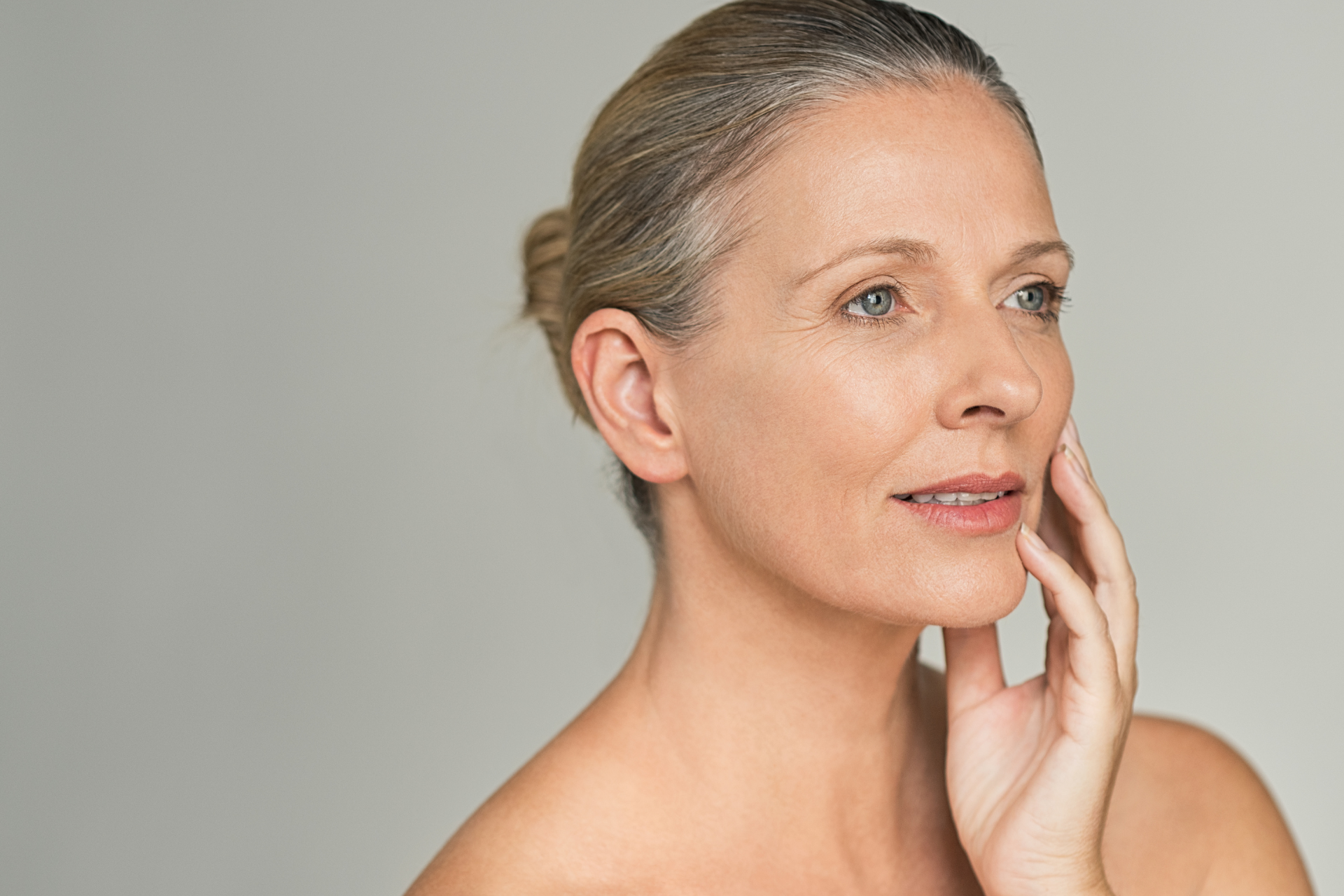Healthy Aging: How to Maintain Youthful Skin as You Get Older

As we age, our skin goes through various changes that can impact its health and appearance. Factors such as reduced collagen production, exposure to environmental stressors, and hormonal fluctuations can all contribute to signs of aging like wrinkles, fine lines, and sagging skin. However, with the right skincare routine and lifestyle choices, it is possible to maintain youthful skin well into your golden years. In this blog post, we will discuss some tips and strategies to help you achieve healthy aging and keep your skin looking radiant and youthful.
At Fall Creek Skin and Health Clinic, we understand the importance of caring for your skin as you age. Our team of expert dermatologists and skincare specialists are dedicated to helping our clients achieve their skin health goals through personalized treatment plans and professional guidance. With a focus on preventative care and holistic wellness, we empower our clients to take control of their skin health and age gracefully.
1. Protect Your Skin from the Sun
One of the most effective ways to maintain youthful skin as you get older is to protect it from the damaging effects of the sun. UV rays can accelerate the aging process and lead to sunspots, wrinkles, and other signs of sun damage. Make sure to wear sunscreen daily, seek shade during peak sun hours, and cover up with protective clothing and accessories when outdoors.
2. Follow a Consistent Skincare Routine
A good skincare routine is essential for maintaining healthy, youthful skin. Cleanse your skin gently, exfoliate regularly to remove dead skin cells, and moisturize to keep your skin hydrated and supple. Incorporate products with anti-aging ingredients like retinol, vitamin C, and peptides to target signs of aging and promote collagen production.
3. Stay Hydrated and Eat a Balanced Diet
Hydration is key to healthy skin, so make sure to drink plenty of water throughout the day to keep your skin hydrated from the inside out. Eating a balanced diet rich in fruits, vegetables, lean proteins, and healthy fats can provide your skin with essential nutrients and antioxidants to support its health and vitality.
4. Get Enough Sleep and Manage Stress
Adequate sleep is crucial for skin repair and regeneration, so aim for 7-8 hours of quality sleep each night to support your skin's natural renewal process. Chronic stress can contribute to premature aging, so practice stress-reducing techniques like meditation, yoga, or deep breathing exercises to promote relaxation and overall well-being.
5. Consider Professional Treatments
In addition to a good skincare routine, professional treatments can help address specific skin concerns and rejuvenate your complexion. At Fall Creek Skin and Health Clinic, we offer a range of services such as facial treatments, chemical peels, microneedling, and laser therapy to help you achieve optimal skin health and address aging-related issues.
Taking care of your skin as you age is a lifelong commitment that requires dedication, consistency, and the right knowledge. By following these tips and partnering with a trusted skincare provider like Fall Creek Skin and Health Clinic, you can maintain youthful, radiant skin well into your later years. Embrace healthy aging and prioritize your skin health to look and feel your best at any age.




